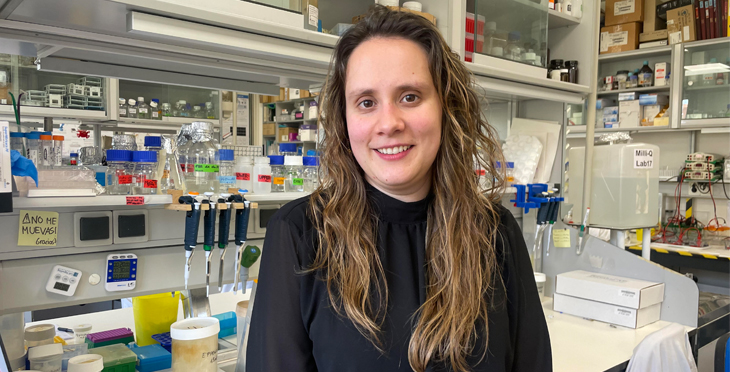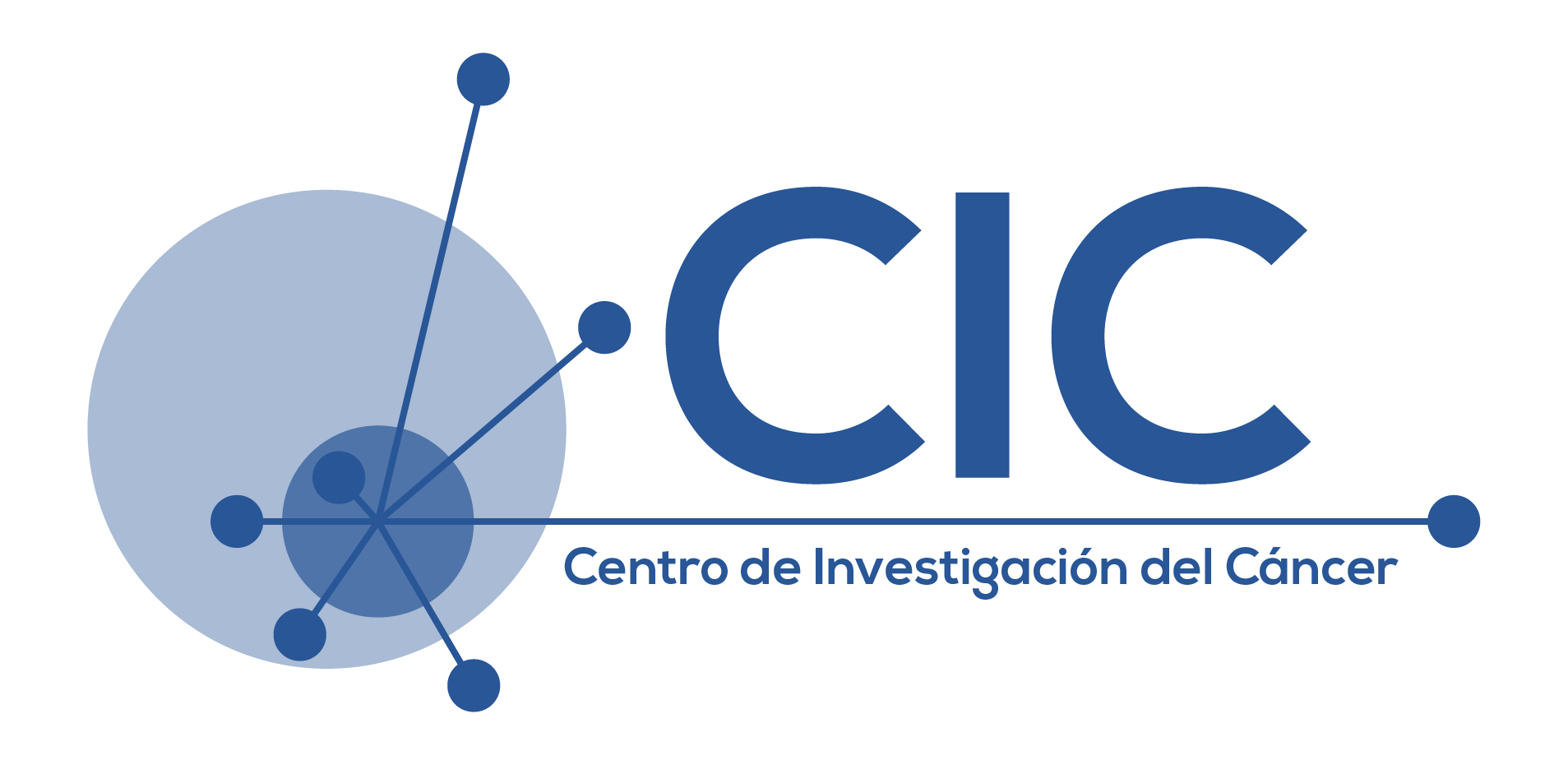Impact of the hyperactivation of the C3G-Rap1 pathway in murine lymphoma cells

Alba Morán Vaquero
Centro de Investigación del Cáncer (CSIC-Universidad de Salamanca)
C3G (RapGEF1) is a guanine nucleotide exchange factor (GEF) that activates the small GTPase Rap1. C3G regulates cell adhesion, migration, proliferation, apoptosis, and differentiation. Alterations in Rap signaling have been implicated in hematological malignancies. We have previously shown that the GEF activity of resting C3G is blocked by direct interaction of an auto-inhibitory region with the catalytic Cdc25H domain. A missense mutation detected in a non-Hodgkin’s lymphoma (Y554H), which targets the auto-inhibitory region, causes constitutive activation of C3G.
In this work, we investigate the impact of C3G dysregulation in a lymphoma model. To that end, we generated the C3G-Y564H mutant (equivalent to human Y554H) in the murine B cell lymphoma line A20 using the CRISPR/Cas9 system. A20-C3G-Y564H cells exhibited higher activation of Rap1 than A20-C3G-WT cells, both at steady and after B cell receptor stimulation. A20-C3G-Y564H cells showed a lower cell proliferation rate. In concordance, A20-C3G-Y564H cells have reduced activation of ERK1/2, although Ras was unaffected. A20-C3G-Y564H cells also showed lower levels of active Rac2, suggesting alterations in cell adhesion and migration. To analyze the impact of C3G dysregulation in the dissemination of this lymphoma, we are currently characterizing a syngeneic tumor model in which A20 cells (C3G-WT or C3G-Y564H) are injected into the tail vein of BALB/c mice.
In summary, the phenotype of A20-C3G-Y564H cells is associated with a reduced tumorigenic capacity, confirming the involvement of C3G in tumorigenesis. This work has implications to understand the role of Rap1 in hematopoietic tumors and to develop novel therapeutic interventions targeting the C3G-Rap1 pathway.

